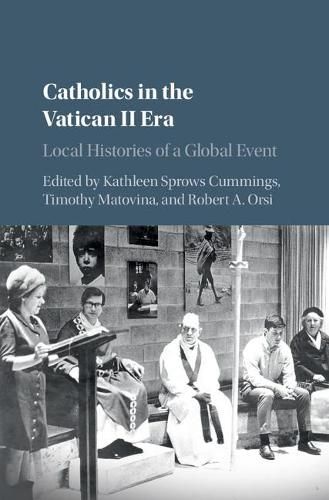Readings Newsletter
Become a Readings Member to make your shopping experience even easier.
Sign in or sign up for free!
You’re not far away from qualifying for FREE standard shipping within Australia
You’ve qualified for FREE standard shipping within Australia
The cart is loading…






Debates about the meaning of Vatican II and its role in modern Catholic and global history have largely focused on close theological study of its authoritative documents. This volume of newly commissioned essays contends that the historical significance of the council is best examined where these messages encountered the particular circumstances of the modern world: in local dioceses around the world. Each author examines the social, political, and domestic circumstances of a diocese, asking how they produced a distinctive lived experience of the Council and its aftermath. How did the Council change relationships and institutions? What was it like for laymen and women, for clergy, for nuns, for powerful first-world dioceses and for those in what we now know as the global south? A comparative reading of these chapters affords insights into these dimensions of Vatican II, and will spark a new generation of research into the history of twentieth-century Catholicism as both international and local.
$9.00 standard shipping within Australia
FREE standard shipping within Australia for orders over $100.00
Express & International shipping calculated at checkout
Debates about the meaning of Vatican II and its role in modern Catholic and global history have largely focused on close theological study of its authoritative documents. This volume of newly commissioned essays contends that the historical significance of the council is best examined where these messages encountered the particular circumstances of the modern world: in local dioceses around the world. Each author examines the social, political, and domestic circumstances of a diocese, asking how they produced a distinctive lived experience of the Council and its aftermath. How did the Council change relationships and institutions? What was it like for laymen and women, for clergy, for nuns, for powerful first-world dioceses and for those in what we now know as the global south? A comparative reading of these chapters affords insights into these dimensions of Vatican II, and will spark a new generation of research into the history of twentieth-century Catholicism as both international and local.